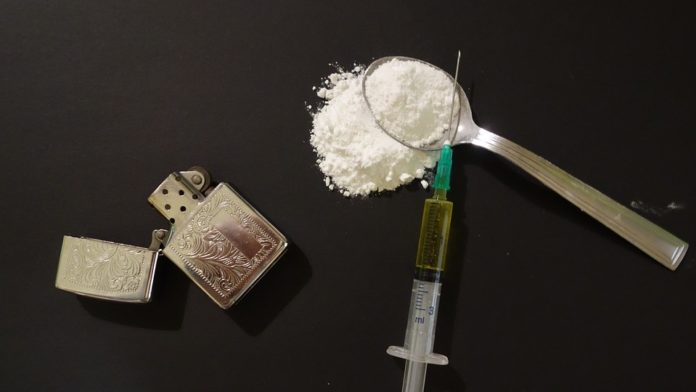A cohort study conducted by the Cedar Project Partnership of First Nations has delivered the numbers behind the epidemic of premature deaths among Indigenous youth drug users in British Columbia. According to this decade-long study, these young people are nearly 13 times more likely to die from substance use than any other youth cohort in the same age group across Canada.
“These deaths likely reflect complex intersections of historical and present-day injustices, substance use and barriers to care,” say the authors.
Although overdoses accounted for the most common cause of death (38%), suicide and illness – HIV and Hepatitis C Virus (HCV) in particular – were not far behind. Despite living in a setting with universal health care, 15% of deaths were attributed to HIV, HCV, or a combination of the two, both of which are manageable conditions (if not curable, in the case of HCV). The authors attribute this to the barriers to care that Indigenous people continually face, such as racism and stigma.
Sixty-six participants have died since the study began
The study followed a 610-strong group of 14-to-30-year-old indigenous youth in Vancouver and Prince George from 2003 to 2014. Forty participants died during the study period – 65% of whom were women – and since the completion of the study in 2014, a further 26 participants have also passed away. “This study showed that young Indigenous people who use drugs in BC are dying at an alarming rate, particularly young women and those who use injection drugs.”
Co-principal investigator Martin Schechter attributes the near-double mortality figures for women to a higher prevalence of sexual abuse.
“The women were more likely to be injecting drugs and using opioids like heroin and I think that is probably causally related to the increased historical trauma, particularly childhood sexual abuse,” said Schechter in an interview with CBC.
Approximately 63% of female participants disclosed that they had been sexually abused, compared to 27% with male participants.
A “rejection of life itself”
At the baseline of the study, all 610 participants were tested via their saliva to confirm drug use (both injection and non-injection drugs) in the previous 30 days. An interviewer-led questionnaire then established details on their past, and what the researchers ended up with was nothing short of an archive of tragedy.
Jail, childhood sex abuse, experience in the care system, ongoing suicidal thoughts and/or previous attempts, binge drug use, and sex work were rampant in the reports.
Just under half of the cohort confirmed that at least one parent attended a residential school (trauma can be inter-generational) and more than 60% had been removed from their biological parents at one point or another. Indigenous children compose less than 10% of youth, yet they make up 60% of children in care.
“Deep-seated pain affecting generations of young Indigenous people may also lead to rejection of life itself,” say the authors.
Support must include a reaffirmation of cultural roots
When it comes to suicide prevention, it is noted in the study that expanding support through better healthcare access and outpatient services is only one side of the coin. Mental health requires a “holistic approach” that includes Indigenous knowledge, ceremony, language and culture.
“Our research has also shown that people in the Cedar cohort who reported more contact with Indigenous culture by attending ceremonies or speaking the native language, those people were more resilient, had less risk than people who didn’t,” says Schechter.
Ultimately, this is no ordinary drug crisis – it is compounded by the lack of grounding in identity and culture. A reaffirmation of a strong and stable First Nations community in BC will be necessary to provide adequate support and heal the inter-generational trauma that continues to haunt Indigenous youth.








































